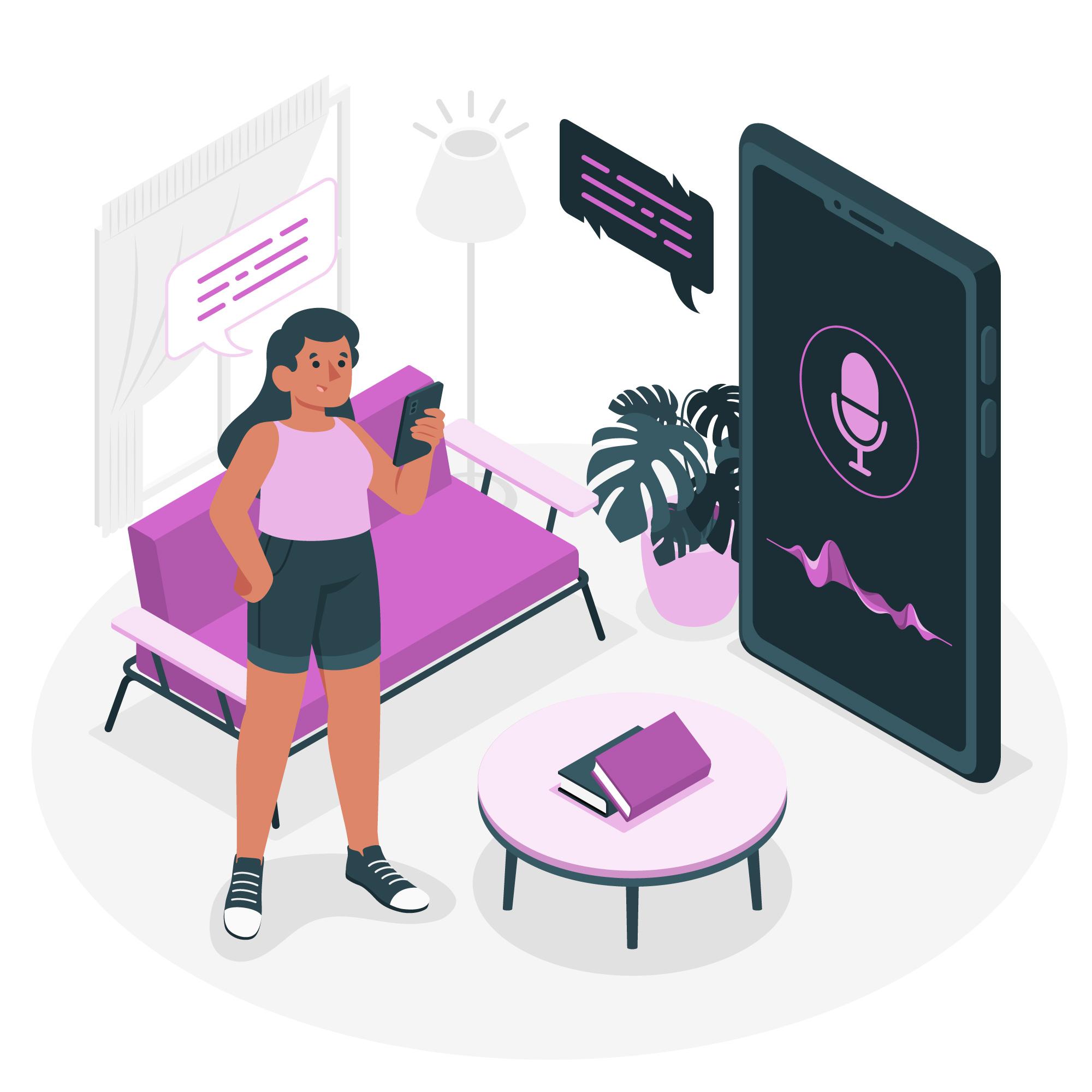HRMS : Comprehensive HR Management System (HRMS) Web Application
Human Resource Management System
Highlights

Voice and Facial
Recognition

Augmented Reality (AR)
for Training and Development

Task Automation with
Robotic Process Automation (RPA)

Artificial Intelligence (AI)
Driven Analytics
Case Study
Client Description
Our client is a rapidly growing technology firm specializing in software development and IT consulting. With a dynamic workforce, they recognized the need for a modern Human Resource Management System (HRMS) to streamline their HR operations, enhance employee management, and improve overall organizational efficiency.
Business Need - Problem Statement
Our client expanded its workforce, managing employee details, attendance tracking, leave management, and payroll processing became increasingly challenging. The existing HR processes were manual, time-consuming, and prone to errors. The company needed a comprehensive HRMS solution that could automate these processes, provide real-time insights, and adapt to their evolving business requirements.
Requirements
- Centralized database for comprehensive employee profiles.
- Real-time attendance tracking with a user-friendly interface..
- Monthly salary calculation based on attendance data and Leave management
- Customizable leave rules, attendance rules, and weekly off days.
- Capability to assign specific rules and policies to individual employees or groups.
- Automated pay slip generation with detailed breakdowns.
Benefits After Implementation
After the successful implementation of HRMS experienced several benefits:
- Efficiency Improvement
- Error Reduction
- Improved Employee Experience
- Real-time Insights
- Adaptability
Services Offered as Part of the Project
The project encompassed the full development lifecycle, including system design, front-end and back-end development, testing, and deployment. The development team implemented the latest technologies to ensure a scalable, secure, and user-friendly HRMS.
Tools and Technologies Used
Frontend : HTML5, CSS3, JavaScript, for a responsive and dynamic user interface
Backend : Python
Database : SQLite3
In conclusion, the implementation of the HRMS, featuring a selfie clock-in, transformed HRMS HR operations. The project not only addressed the immediate challenges but also positioned the company for future growth by providing a scalable and adaptable HR solution. The integrated features and advanced technologies resulted in improved efficiency, accuracy, and overall employee satisfaction.
Client Description
Our client is a cutting-edge technology firm specializing in providing innovative solutions for businesses across various industries. With a workforce of over 1,500 employees globally, the company places a strong emphasis on employee well-being and streamlined HR operations.
Business Need - Problem Statement
our client continued to expand globally, the existing HR processes faced challenges in managing the diverse needs of a growing workforce. Manual attendance tracking, complex leave management, and disparate systems for payroll processing posed operational inefficiencies. The company sought a comprehensive HRMS solution that could adapt to its evolving needs, enhance employee experience, and streamline HR processes.
Requirements
- Centralized database for comprehensive employee profiles.
- Real-time attendance tracking with a user-friendly interface..
- Monthly salary calculation based on attendance data and Leave management
- Customizable leave rules, attendance rules, and weekly off days.
- Capability to assign specific rules and policies to individual employees or groups.
- Automated pay slip generation with detailed breakdowns.
Benefits After Implementation
- Improved Efficiency
- Enhanced Employee Experience
- Strategic Workforce Management
- Integrated Payroll Processing
Services Offered as Part of the Project
Development
- A customized, scalable HRMS web application was developed to meet the unique requirements of InnovateTech Solutions Inc.
- The system incorporated advanced features such as AI-driven attendance tracking, predictive leave analytics, and a user-friendly interface for both administrators and employees.
Testing
- Rigorous testing was conducted to ensure the reliability, security, and performance of the HRMS application.
- Testing included functional testing, security testing, and user acceptance testing to address any potential issues before deployment.
Additional Next-Generation Features for HRMS
- Implement AI algorithms for predictive analytics, allowing HR to identify patterns, forecast trends, and make data-driven decisions.
- Integrate a conversational AI chatbot for addressing common HR inquiries
- Implement blockchain technology to enhance the security and transparency of employee data.
- Develop a mobile application for HRMS with geo-fencing capabilities.
- Incorporate dynamic onboarding workflows and a Learning Management System (LMS).
- Integrate wellness tracking features, such as health check-ins, mood assessments, and stress level monitoring.
The implementation of the next-generation HRMS transformed the HR operations at InnovateTech Solutions Inc. The organization experienced improved efficiency, enhanced employee experience, and strategic workforce management. With the successful integration of advanced features and technologies, the company is now better positioned to adapt to future challenges and continue its trajectory of growth while ensuring a modern and efficient HR ecosystem.
Tools and Technologies
Frontend : HTML5, CSS3, JavaScript
Backend : Python
Database : SQLite3
Testing : Selenium for automated functional testing.OWASP ZAP for security testing.Jira for issue tracking and project management.
Integration : RESTful APIs facilitated seamless integration with existing systems.Webhooks for real-time data synchronization.
Frequently Asked Questions
1.How can user training and adoption be facilitated?
Provide comprehensive training sessions for end-users, create user-friendly interfaces, offer documentation and support resources, and consider phased implementation to ease the transition.
2.How can an organization ensure data privacy and compliance with regulations?
Implement robust data encryption, ensure secure access controls, regularly audit and monitor system activity, and stay informed about and compliant with relevant data protection regulations.
3.How often should an organization update its HRMS ?
Updates depend on evolving business needs, changes in regulations, and technological advancements. Regular updates are advisable to ensure security, compliance, and the inclusion of new features or improvements.
4.What challenges might arise during HRMS implementation?
Common challenges include resistance to change from employees, data migration issues, ensuring data accuracy, and ensuring that the HRMS aligns with the organization's unique processes and requirements.







